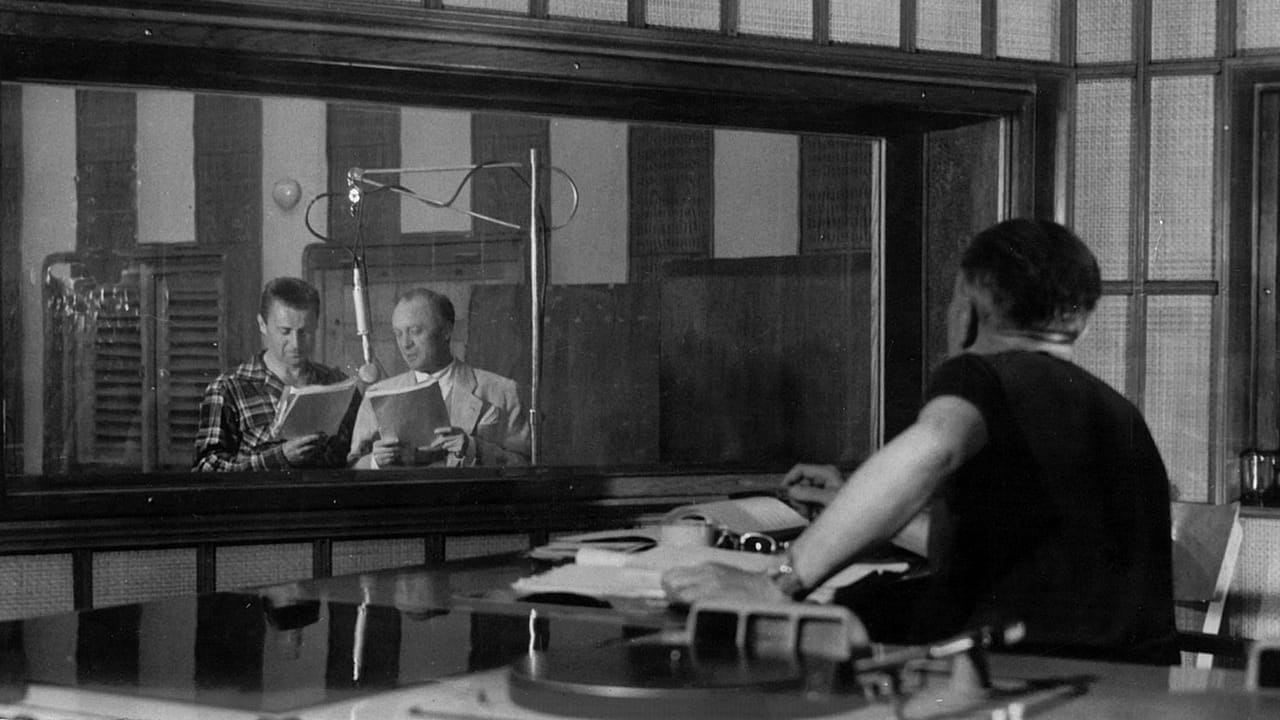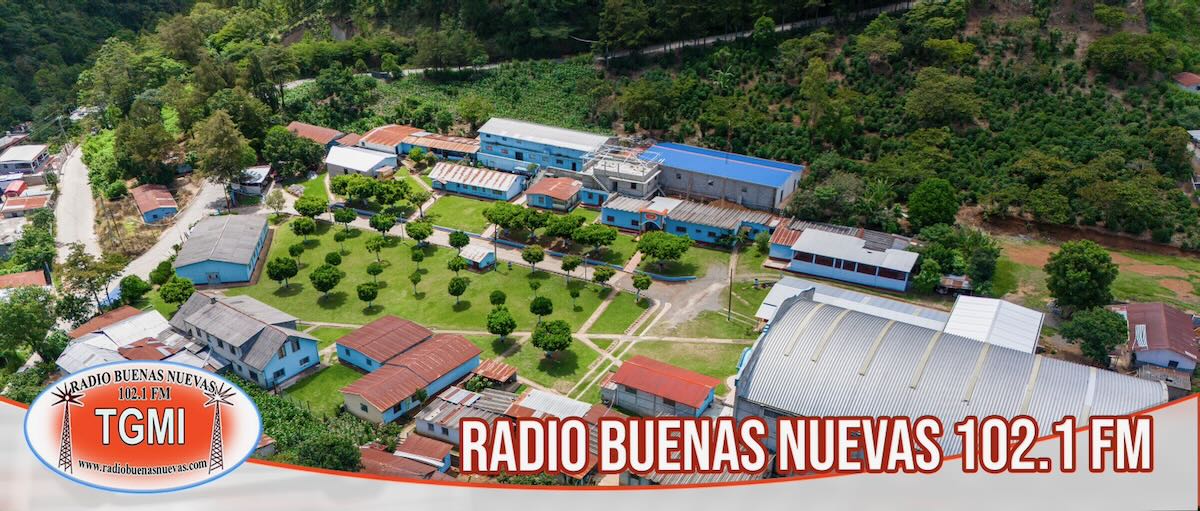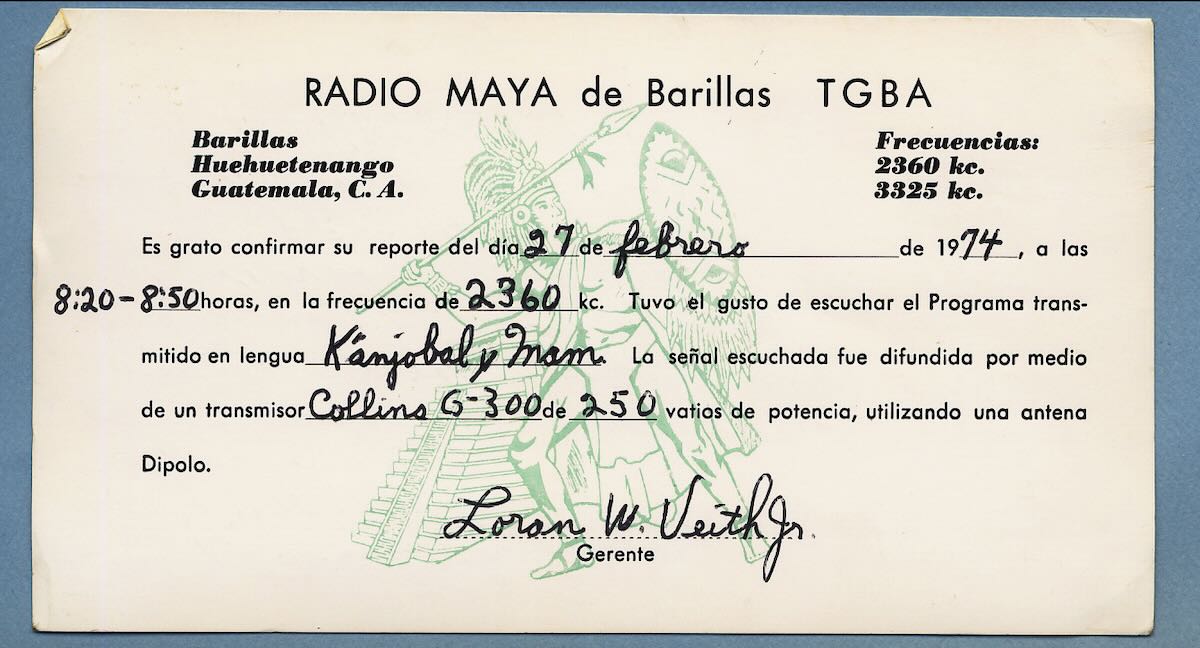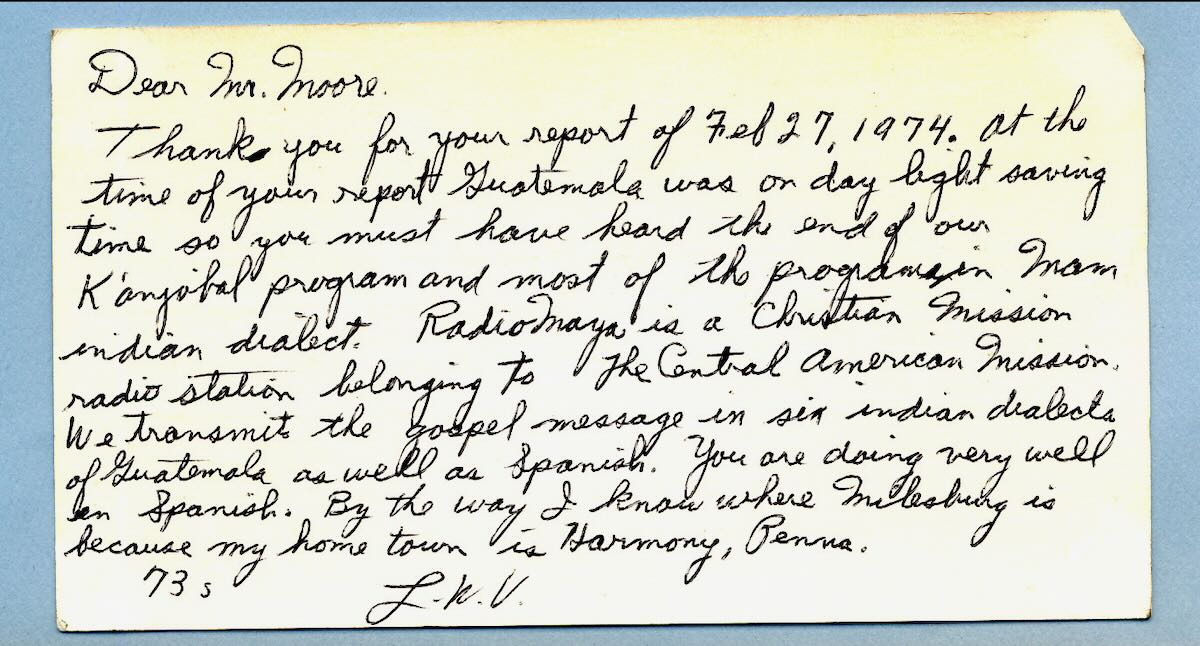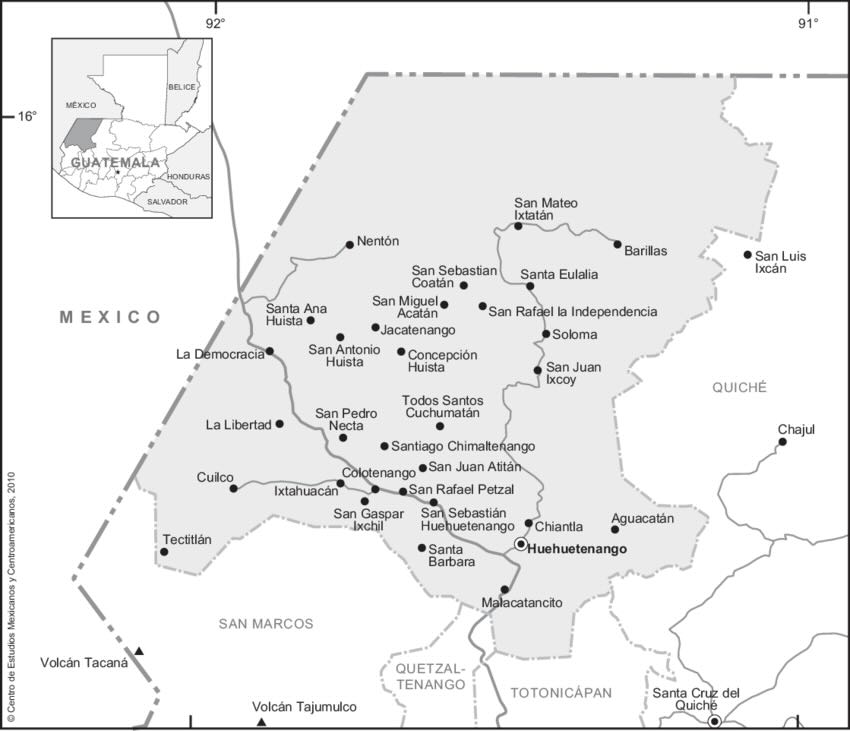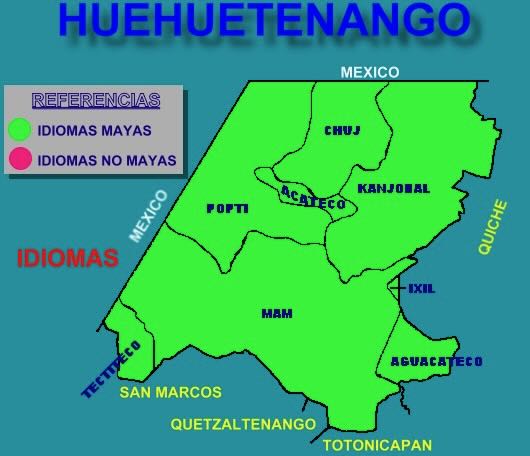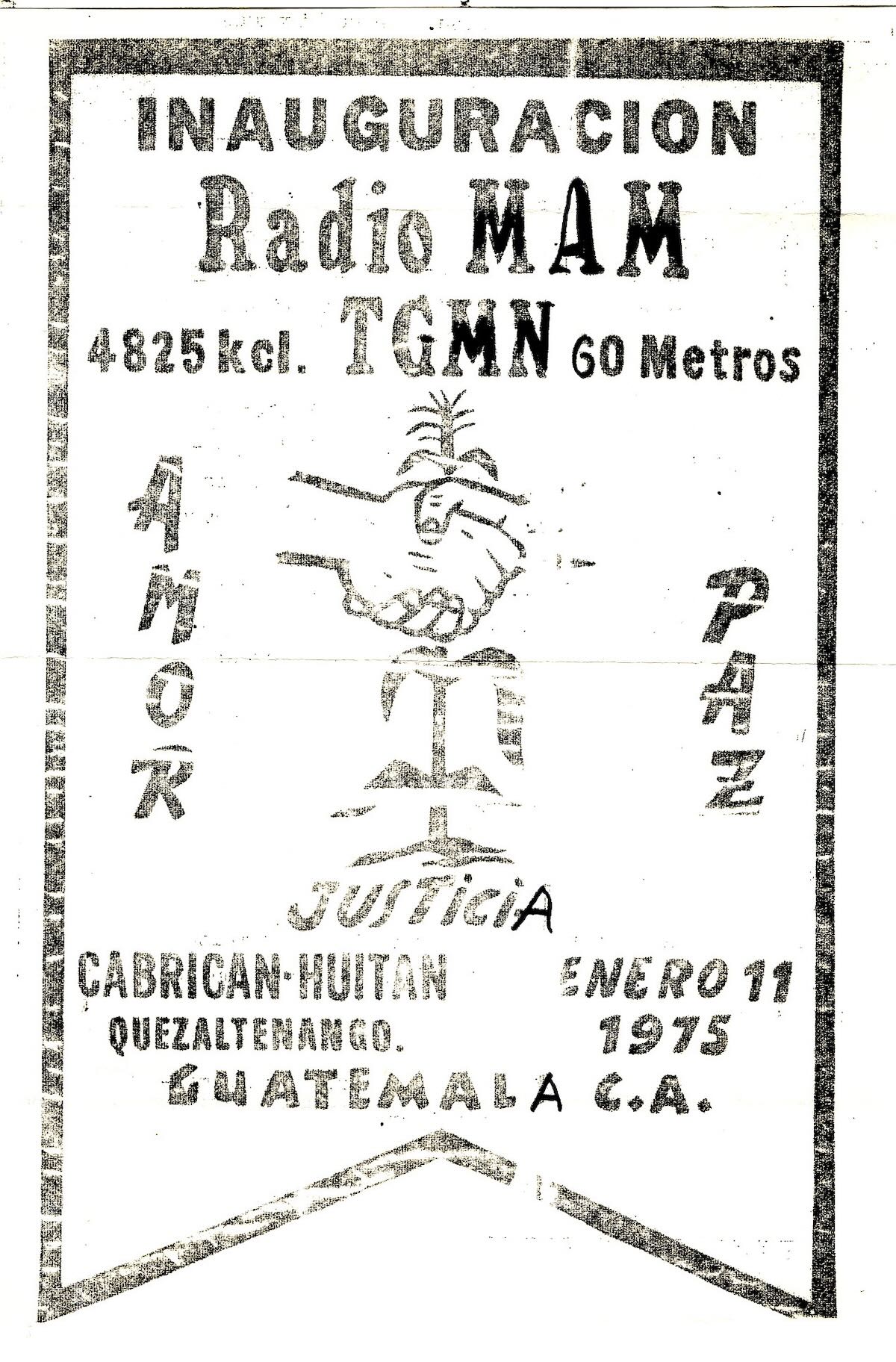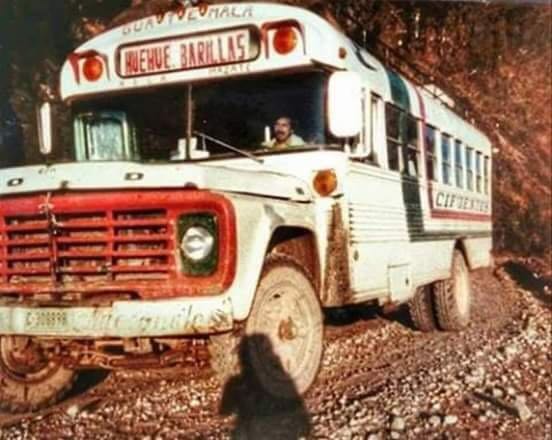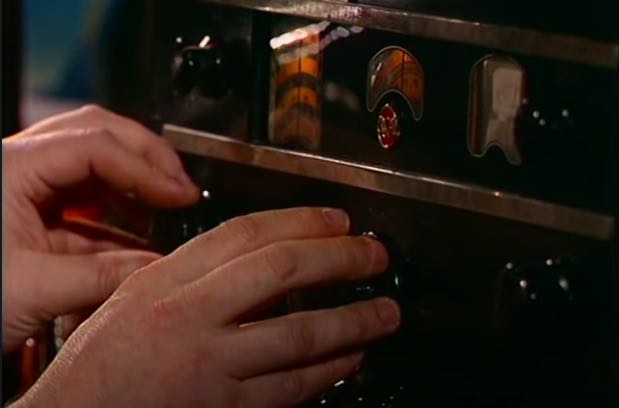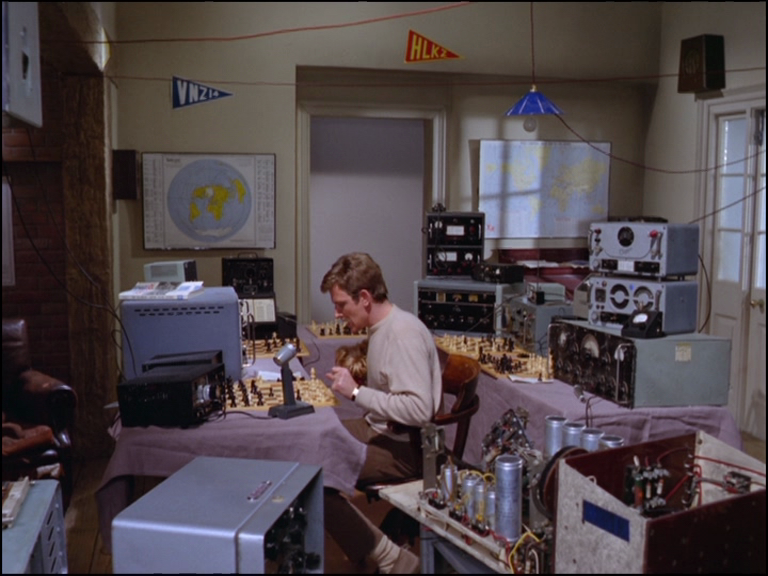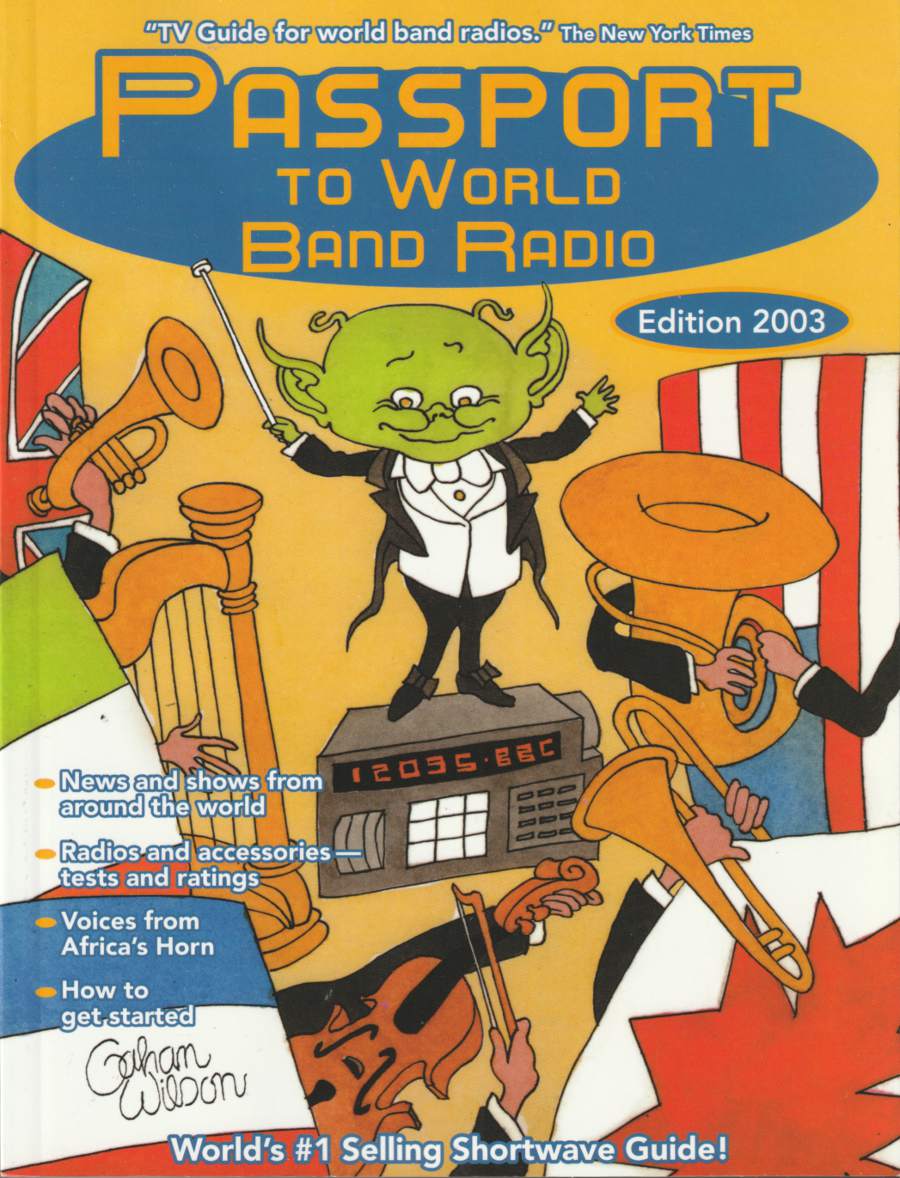
A new resource such as Passport was always an incentive to turn on a radio.
Do You Need a Break from Radio?
by Bob Colegrove
A couple months ago I became one of the last 10 people east of the Mississippi River to acquire a smart phone. It was a great improvement for someone who had been trying to navigate through modern life for several years using a flip phone. The transition came at a cost, however. It required an investment of time learning the basic features and functionality. Having a long-standing familiarity with computers and tablets, there was a degree of experience I could draw from. Still, it was different, plus it included new features I found to be amazing and demanding of my attention.
Not long after this I was informed by Microsoft that I would soon be needing a new computer to remain safe and functional. Having logged on to a mainframe for the first time in September 1976, I had been around the block too many times to be greatly alarmed by such warnings. Nevertheless, having not purchased a new computer since 2014, I decided to use this information as leverage to do just that and treat myself to a new laptop. The basic features and functionality remained similar; however, the transition still required time to find where they had been relocated. An operating system upgrade is kind of like buying a new car and finding the steering wheel in the trunk and the spare tire in the front seat.
These new technological acquisitions demanded my undivided attention for a period of several weeks – time which had to be carved out of life’s normal activities. Admittedly, being retired helped. Still activity tends to progressively slow with age. The transitions were completed relatively painlessly; I would even say with a good level of discovery and enjoyment.
I told you all of that in order to tell you this: While all this transpired, not a radio functioned for several weeks. Neither a knob was turned nor a button pressed. Notwithstanding the newly enhanced forces of 5G and Wi-Fi, the world could have stood still. Not once, but many times during this period I would look over at the radio table and see them all silently looking back like so many forelorn puppies in want of a scratch behind their ears. Coldly and cruelly, I would turn my back and set up another email account.
I was on what is simply called a “break.” Not my first. I am hard-pressed to say how many breaks I’ve been on over the years; nor can I tell you how long each one lasted. I am reassured by my fellow radiofiles that I am not alone. I occasionally read comments or blogs from folks who have returned after a break, sometimes after several years.
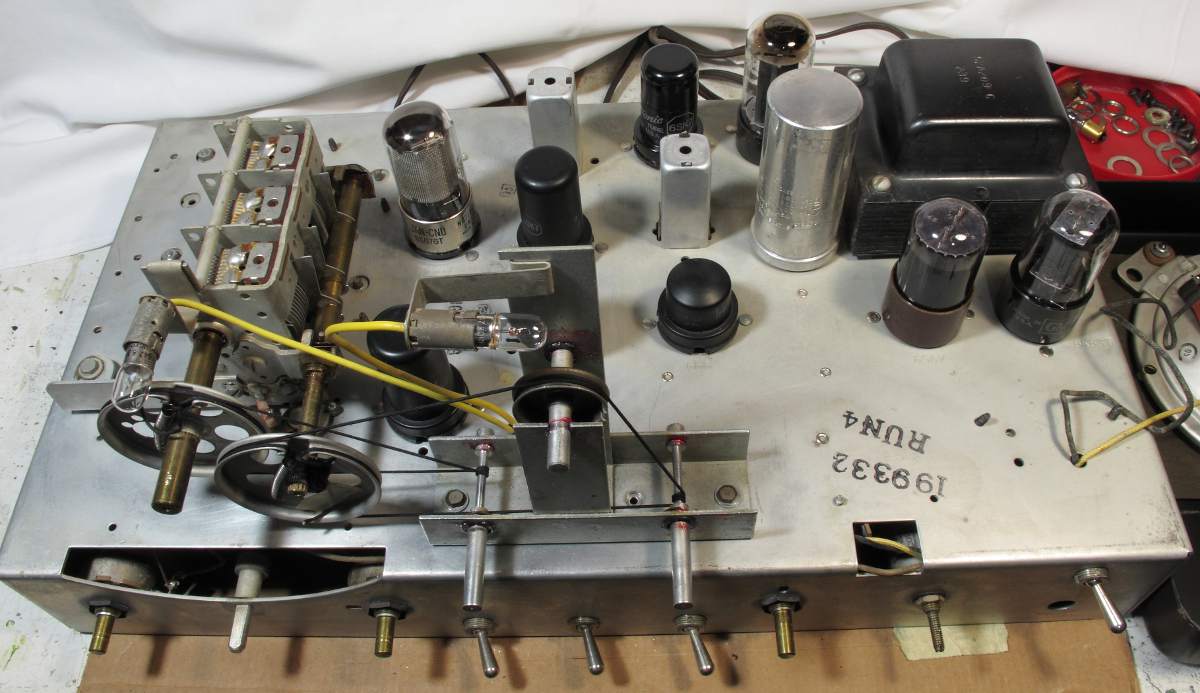
In the old days tinkering could reignite flagging interest.
Breaks may be caused by many things, the increased burdens of life being the most obvious. Maybe there is illness. Seasonal changes can initiate a break; it’s just good to be outside when the air is fresh and warm. It might be an increased level of boredom where one simply neglects to turn the radio on. In my case, it was an irresistible distraction like a new gadget. I have never consciously told myself I needed a break and turned the radio off for a planned length of time. It has never ever become a matter of work to operate a radio. Perhaps that’s how you know you’ve been irrevocably hooked.
We all come back – eventually. It’s in our DNA. Are breaks bad? No. Every human endeavor requires a break now and then. Sportspersons hang up their spikes or sneakers for six months at a time every year. The idea is they come back refreshed and renewed ready again to conquer the mountain. While success may be illusive, it is the break that provides the incentive to go on. So it is with radio.
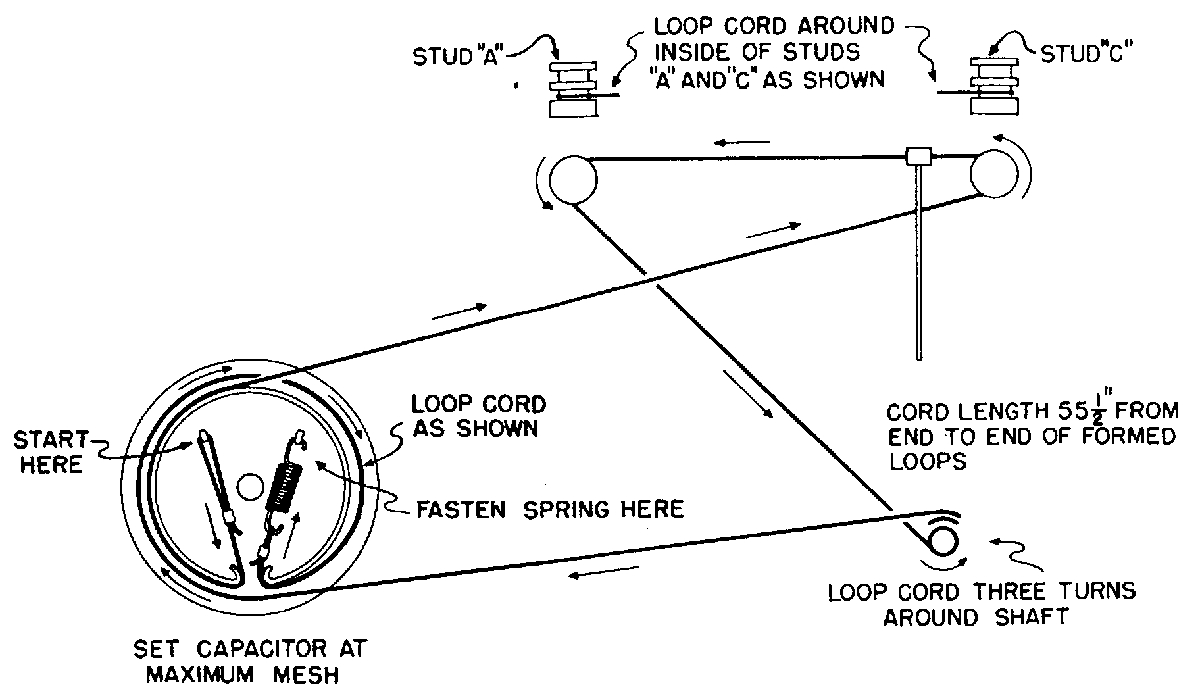
I could spend hours to the point of ignoring meals attentively getting a dial cord to run smoothly.
Source : The National NC109 Communications Receiver.
Eventually you turn the radio on with renewed enthusiasm. Perhaps you recall a previous discovery, an untried band, a different time of day, a new tuning technique, a suggestion of something you read or heard. Maybe it’s a new radio, or one you haven’t used for a long time. Maybe it’s just the attraction of the dial and buttons that draws you back. These are some of the sparks that reignite your interest.
Eventually, the initial flash of enthusiasm for the new phone and computer subsided. Sound again emanates from the headsets. What was old is new again. Regardless of why you went away or how long you’ve been gone; you’ve got that old feeling and you’re back.
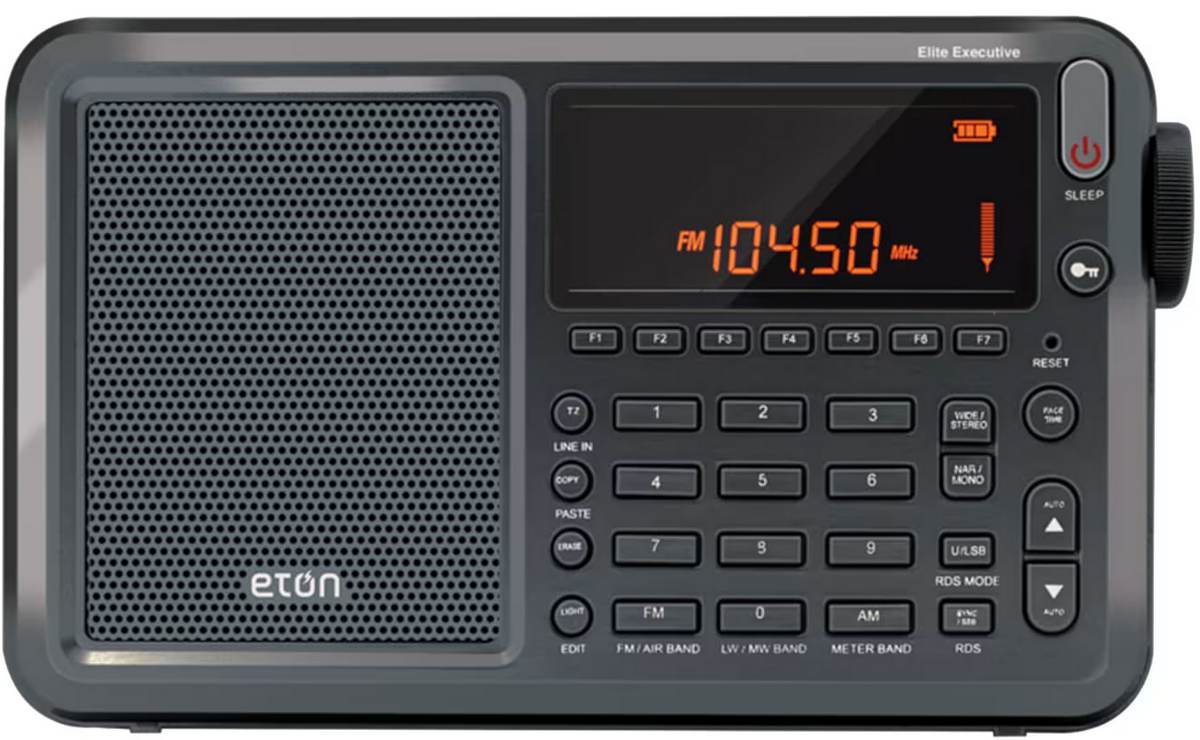
Do radio designers try to attract us with appearance?
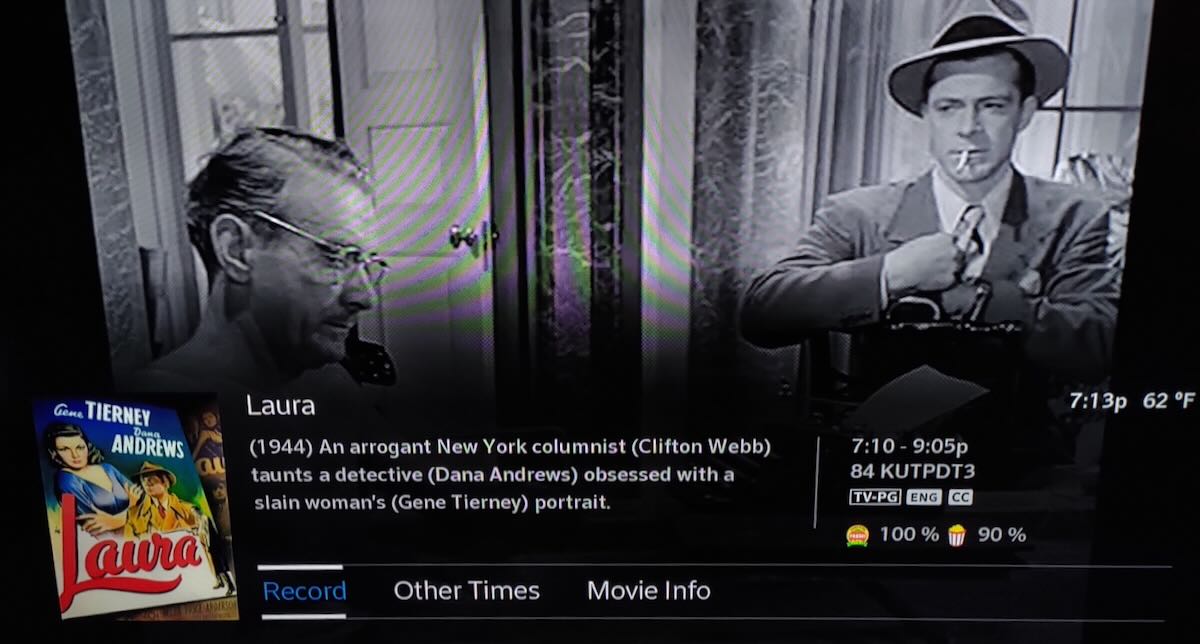 Many thanks to SWLing Post contributor Perry Lusk, who writes:
Many thanks to SWLing Post contributor Perry Lusk, who writes:





